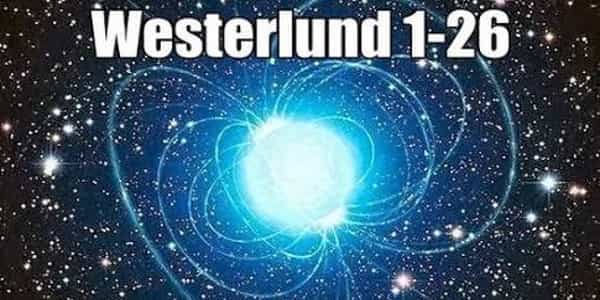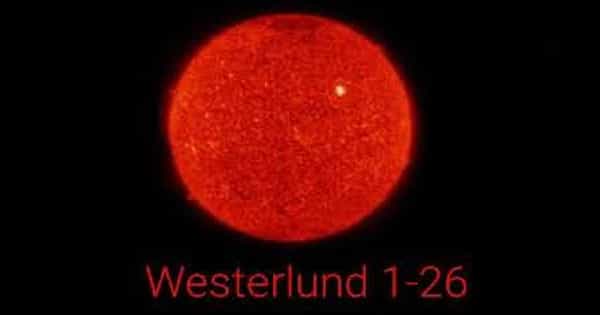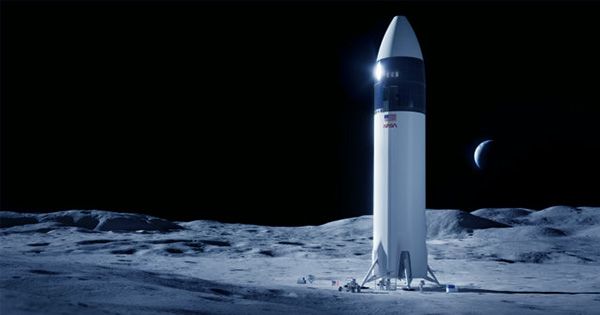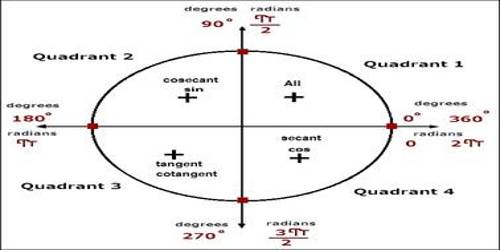Westerlund 1-26 is a five-star player. It is a Supergiant Star with a high luminosity. It is a red supergiant in the super star cluster Westerlund 1. It is one of the largest stars, with a radius of 1,530 – 1,580 solar radii. According to the spectral type recorded in Simbad at Strasbourg University, it is an M2-M6IA supergiant star.
Westerlund 1–26 Radius has been calculated to be 1,530.00 times larger than the Sun. Because the radius of the Sun is 695,800 km, the radius of the star is estimated to be 1,064,574,000.00 km. It is a red supergiant on the outskirts of the Westerlund 1 super star cluster. Although its radius is uncertain, it is estimated to be 1,165–1,221 solar radii (810,000,000–849,000,000 km; 5.42–5.68 au), with a possible but very unlikely upper estimate of 2,519 solar radii (1.752×109 km; 11.71 au), corresponding to a volume between 1.58 and 16 billion times larger than the Sun. Assuming the upper estimate is correct, if placed at the center of the Solar System, its photosphere would engulf the orbit of Jupiter.
Located just 15,000 light-years from our solar system and imaged by the Hubble Space Telescope, Westerlund 1-26 is so big that, if it were to replace our own sun, it would extend beyond the orbit of Jupiter.
Westerlund 1-26 has been designated as a luminous cool supergiant. It is located in the top right corner of the Hertzsprung–Russell diagram. Because of its low temperature, it emits a large portion of its energy in the infrared spectrum. It also exhibits significant mass loss of atmospheric material, implying that it could evolve into a hotter supergiant in the future. Westerlund 1-26’s spectral class (and thus temperature) has been observed to change over time, but its luminosity has not been observed to change.

Discovery
Bengt Westerlund discovered Westerlund 1 during an infrared survey in the Zone of Avoidance of the sky in 1961, and it was described as “a heavily reddened cluster in Ara.” Except for the brightest star, which was tentatively classified as type M, the spectral types of the component stars could not be determined at the time.
Borgman, Kornneef, and Slingerland carried out a photometric survey of the cluster in 1969, assigning letters to the stars they measured. The letter “A” was assigned to this star, which was identified as a powerful radio source. This gives rise to Simbad’s designation Westerlund-1 BKS A, despite the fact that the cluster was not known as Westerlund 1 at the time. At the time, it was known as Ara A, and another powerful radio source in the cluster was known as Ara C.
It is one of the few “radio stars” due to its brightness in the radio spectrum. Westerlund made spectroscopic observations of the cluster, which is still not known as Westerlund 1, and numbered the stars, assigning the number 26 and the spectral type M2I. WOH G64, another notable red supergiant discovered by Westerlund in the Large Magellanic Cloud in the constellation Dorado, was also discovered.
Westerlund 1-26 is approximately 11,500 light-years away from our Solar System (Earth and Sun). It would take a spaceship traveling at the speed of light 11,500.00 years to get there. We don’t yet have a spaceship capable of traveling that far or at that speed. The cluster was first referred to as Westerlund 1 (Wd1) in 1998, with a paper describing Ara A as star 26 and Ara C as star 9.
















